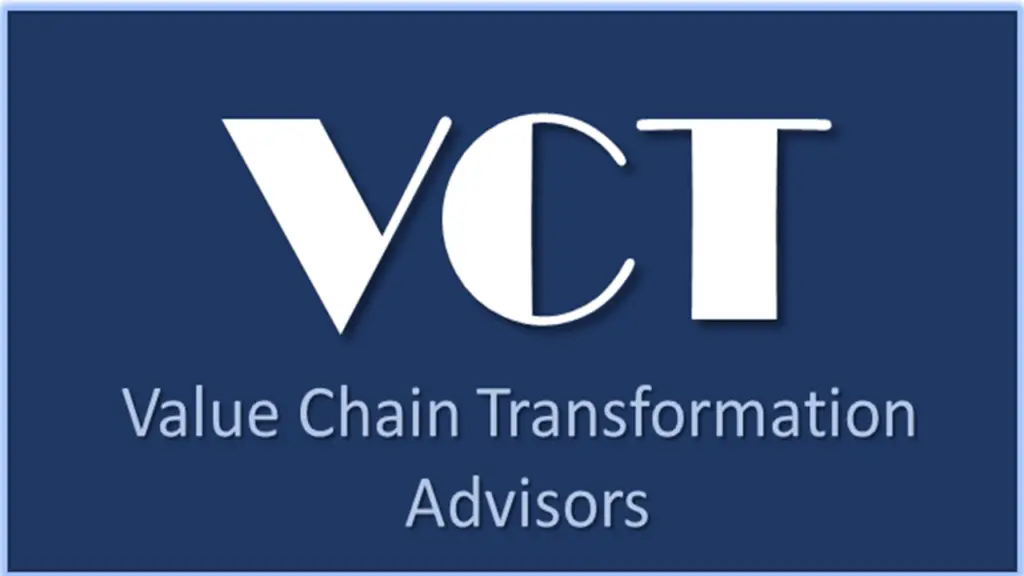Recent developments have made things more complex, but successful organizations show how inventory optimization solutions can drive notable improvements
Few supply chain challenges have eluded a straightforward solution as much as the age-old dilemma of inventory deployment. The strategic assignment and allocation of inventory to multiple locations are exceptionally complex, yet it’s critical to profitability-driven inventory performance.
A business can automatically maximize its profitability by minimizing lost sales and inventory spoilage, improving in-stock positions, increasing planning efficiency, and optimizing inventory throughout the supply chain.
But to reach that “automated” phase, inventory managers have to find a way to anticipate and address the myriad of interdependencies that inevitably make optimized inventory replenishment so difficult.
Whether it’s a zer0-inventory (just-in-time), demand-first, consignment, or another strategy, fluctuating consumer demand, energy costs, weather disruptions, availability of raw materials, geopolitics, labor shortages, and more all must part of their inventory decisions.
Sudden changes require a new take on inventory management
In recent years, two developments, in particular, have challenged established notions of inventory deployment.
- The arrival of overnight shipping. When Amazon introduced next-day delivery in 2019 to all Prime customers, it transformed consumer expectations. It radically changed how both B2C and B2B organizations approached inventory deployment. While two-day shipping enables goods to be flown in from practically any state, one-day shipping makes the location of inventory imperative. Demand for warehouse space near metropolitan areas took off. Suddenly, proximity to the end customer became central to inventory planning.
- Pandemic-induced supply chain disruption: Hardly a year after the introduction of next-day delivery, COVID-19 restrictions created unprecedented supply chain havoc that raised questions about the vulnerability of the popular just-in-time inventory strategy. The chaos, in turn, inspired organizations to rethink their current practices, including:
- Onshoring vendors — sourcing products faster and more predictably
- Vertically integrated supply chains —ensuring raw material availability by acquiring providers or creating in-house capabilities
- Diversifying the vendor base — relying on only one to two vendors is no longer enough
- Investing in data visibility — to better predict demand and component availability
- Demand planning and forecasting: When uncertainty prevails, the right forecasting solution can mitigate the impact of sudden fluctuations.
- Space optimization: The right product, in the right place, at the right time, at the right quantity. To find equilibrium, the company needs to accurately anticipate both shortage and overstock conditions needs to anticipate both shortage and overstock conditions. The price of getting it wrong is paid in spoilage, excess carrying costs, and delayed orders.
- Inventory visibility: Inaccurate or missing inventory data creates a domino effect of issues, making effective replenishment impossible.
- 97% or higher customer service levels on all orders
- 25% reduction in inventory investments
- 23% decrease in carrying costs and other operating expenses
- Slashed expediting expense to near zero
Three capabilities to optimize replenishment
In light of these developments, organizations across all industries must be agile enough to pivot quickly, a crucial measure of success. Replenishment optimization and agility are central to achieving the flexibility necessary to survive. Three capabilities that deserve special attention are:
Overcoming complexity with inventory software
Despite the complexity and nearly infinite number of deployment scenarios, following the example set by successful organizations like the world leader in gas power technology, services, and solutions, GE Power continues to pay off.
GE Power has to ensure that its extensive inventory portfolio — totaling 70,000 parts — is ready for immediate dispatch to technicians worldwide at all times. With the help of GAINS, GE implemented an intelligent, automated solution to mitigate risk, proactively synchronize inventory, and address service issues. The impact was notable. GE achieved:
GAINS can help
If your business could benefit from a more effective inventory strategy, GAINS has a solution for you. GAINS Replenishment Optimization accurately predicts supply needs and dynamically adapts to changing demand patterns by leveraging sophisticated demand forecasting with predictive analysis and detailed inventory optimization.
Designed to manage millions of SKUs/location decisions, our inventory and replenishment solutions help you reduce reliance on simplified broad-brush schemes, such as Min/Max or ROPs. Leverage GAINS to address complexity throughout your supply chain and reap the benefits of improved item availability, reduced stockout duration, and more. Contact us today.


